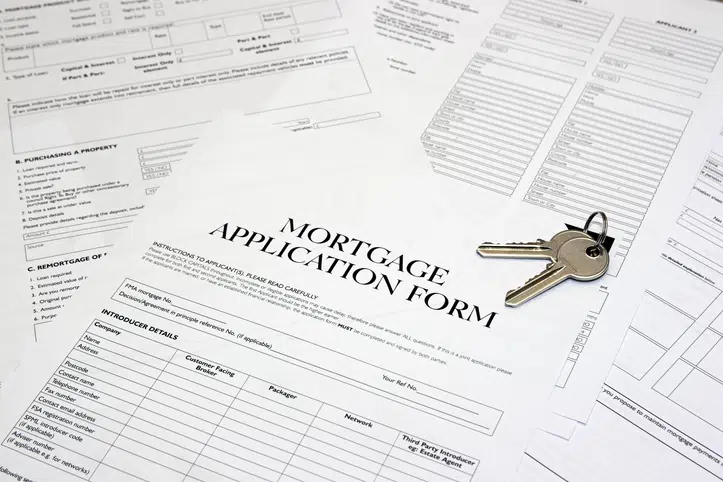If you are in the process of applying for a mortgage, you might notice that interest rates vary from lender to lender. Or you have read headlines about mortgage rates falling or rising.
It can seem confusing, but interest rates are usually affected by several factors. Some factors are out of your control, while others include the financial decisions you make.
This blog provides a comprehensive guide on how your mortgage rate is determined and the different factors that may affect it.
Market factors that affect mortgage rates
The economy: Changes in the economy influence your mortgage interest rate. When the U.S. economy is strong, rates tend to rise. When it’s weak, rates tend to fall. Other factors that impact the U.S. economy are the happenings around the world, including political instability. Political instability may affect the U.S. economy and cause interest rates to fluctuate.
Federal Reserve: Although the Federal Reserve doesn’t set the mortgage rates, they do have some influence on it.
The Federal Reserve is the central bank of the United States and conducts monetary policies. They also control short-term interest rates by either raising or lowering them depending on the economy. Banks and mortgage lenders often follow suit and set higher or lower rates for their consumers.
Personal factors that affect mortgage rates
Your credit score: Your credit score illustrates your credit history and how you’ve previously managed loans. When you have a higher credit score, your mortgage lender will likely qualify for a lower rate.
If your credit score is poor, you can improve it by completing your payments on time and keeping your balances at zero or a low amount.
TIP: You can acquire a free copy of your credit report every 12 months from all three credit bureaus (Experian, Equifax, and TransUnion) by visiting AnnualCreditReport.com.
Your down payment: If your downpayment is more than the minimum down payment, it could help you qualify for a lower interest rate.
The minimum down payment varies by lender and depends on your mortgage loan program. It ranges from 0% for a VA or USDA loan to 20% for a conventional loan without PMI. Here’s a quick breakdown of the down payment requirements for each mortgage loan.
Debt-to-income ratio: Your debt-to-income ratio or DTI compares how much you owe each month to how much you earn.
Mortgage lenders use this to determine the capacity of a borrower to repay a loan. If your DTI is high, the lender will consider you a riskier borrower and may give you a higher rate.
Many lenders will prefer a DTI below 43% if you’re applying for a mortgage. Ask your mortgage lender about their debt-to-income requirement to avoid confusion.
The loan term: Your loan term is the period you have to repay your mortgage. Many mortgages have either 15 or 30 years repayment terms.
The shorter your mortgage term, the lower your rate is. But keep in mind that for the shorter term, monthly payments will be higher than a long-term mortgage loan.
If you want to know what rate you can qualify for, please reach out, and we’ll help you save on your mortgage.



